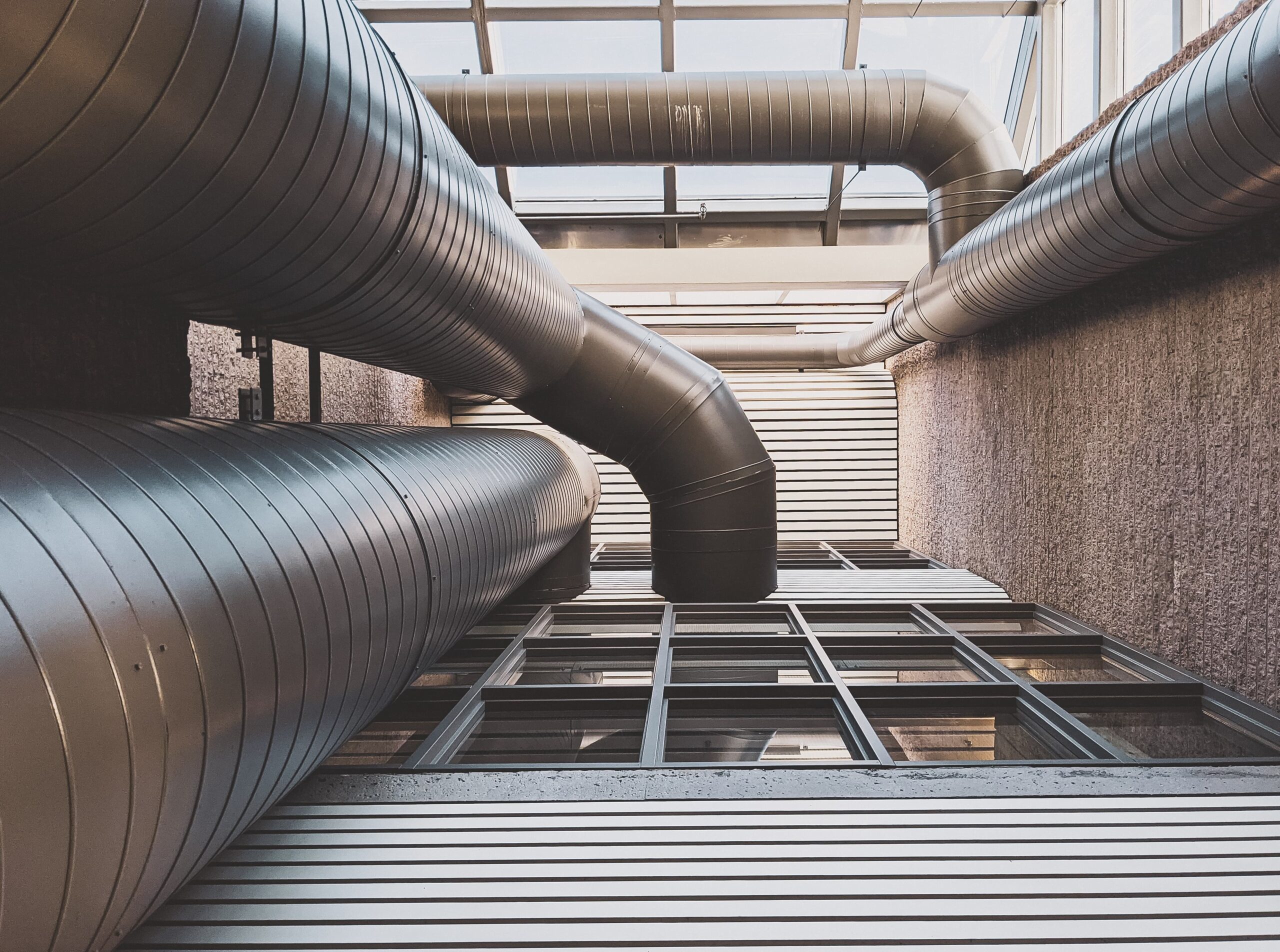Download our publication on district energy
This article is part of our publication ‘District Energy’
Download nowPerspective
District heating
District energy


Use of low temperature district heating is realistic and makes it possible to both save energy and reduce dependency on fossil fuels.
Albertslund District Heating Company was established in 1964, and the district heating supply area increased in line with the development of the city. Initially, the district heating network was established for operation with a supply temperature of 110 °C. Over the years, the temperature has been lowered, and today the system operates with a flow temperature of approx. 90 °C.
As part of Albertslund municipality’s vision for the heat and electricity supply to be CO₂- neutral by 2020, a new low-temperature 4th generation district heating system, where the supply temperature is lowered from 90 to 55 °C, is being established. This allows for more efficient use of the existing heat generation plant and lowers heat losses from pipework, thus helping Albertslund achieve its goal of a CO₂-neutral heat supply.
Based on the success of the first phase, Albertslund have recently taken the bold decision to convert the entire town, approximately 30,000 inhabitants, o low temperature district heating before 2026.
While it is relatively easy to supply new apartments with low-temperature district heating, older apartments are generally poorly insulated and require a high flow temperature to give an adequate comfort level. Albertslund Municipality is therefore instituting a renovation program which switches apartments to low-temperature district heating and thereby increases their energy efficiency.
This article is part of our publication ‘District Energy’
Download nowApartments are connected in phases in line with the renovation plan and the termination of the high temperature distribution system. The low temperature circuit is supplied via the return from the ‘old’ district heating system, which is mixed to 55 °C through a shunt valve.
New low temperature instantaneous water heaters are installed in the apartments, which supply domestic hot water at 45 °C on the consumer side. Legionella is controlled by design according to the German rule DVGW W55, which requires that only a very small amount of water is held in the heat exchanger and hot water system at any time. After refurbishment, the apartments are supplied with space heating via underfloor heating and radiators. The overall supply temperature from the district heating system is 55 °C and the return temperature from the user will be around 30 °C.
publications
Combined heat and power production
+9
events
Urban planning and development
+7